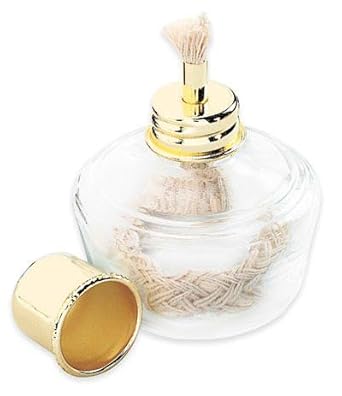Again in one of the threads I found “vacuum” in a tank mentioned. But what vacuum? Where in a tank? (and strictly speaking we should not mention word “vacuum” at all, since it refer to significant pressure drop)
OK, juice is delivered to a coil by capillary action (you can see how it works here )
According to Mr. Bernoulli, when speed of gas flow in some confinement increase, it’s pressure decrease. So, we should have some pressure drop in a chamber during draw. It should help a bit to capillary action to get juice to a coil. And as juice is going out of a tank, pressure in a tank slightly drops. After the draw pressure in a chamber restore to right atmospheric pressure, but pressure in a tank is still a bit low. Now it works against capillary action and draw juice back into a tank. But capillary action is stronger and it will dominate all these small changes in pressure.
Now again my question: why “vacuum” is mentioned in vaping so often? Where it occurs? What it is doing?
OK, juice is delivered to a coil by capillary action (you can see how it works here )
According to Mr. Bernoulli, when speed of gas flow in some confinement increase, it’s pressure decrease. So, we should have some pressure drop in a chamber during draw. It should help a bit to capillary action to get juice to a coil. And as juice is going out of a tank, pressure in a tank slightly drops. After the draw pressure in a chamber restore to right atmospheric pressure, but pressure in a tank is still a bit low. Now it works against capillary action and draw juice back into a tank. But capillary action is stronger and it will dominate all these small changes in pressure.
Now again my question: why “vacuum” is mentioned in vaping so often? Where it occurs? What it is doing?


